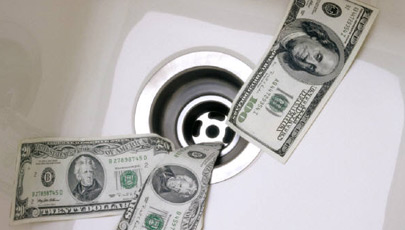
ASU research debunks stock-market myth
After decades of debate, Clinical Associate Professor of Finance Geoffrey Smith says he and a colleague have discredited the “Weekend Effect.”

After decades of debate, Clinical Associate Professor of Finance Geoffrey Smith says he and a colleague have discredited the “Weekend Effect.”

Many believe liquidity — the ease and cost-efficiency with which investors can buy or sell bonds — isn’t what it was before the recession. Hank Bessembinder, professor of finance at the W. P. Carey School of Business, and colleagues from Southern Methodist University went beyond anecdotes and assessed whether dealers have become less committed in recent years to making markets in corporate bonds.

Individual investors sometimes make decisions that are “irrational”— mistakes they know they shouldn’t be making. So what causes investors to make these mistakes? What causes some investors to be less prone to biased investment decision making and others to be more susceptible to it? Is there anything that can be done to moderate such behavior? Research by visiting finance professor Stephan Siegel considers whether genetics may have a role.

Warren Buffet said: "When the economic tide goes out, you find out who is swimming naked." The financial upheaval of the last two years has revealed a number of inadequately clad investors. Just as every crisis prompts soul-searching about assumptions and standard procedures, banks and other financial institutions are taking a serious look now at how they measure, price and monitor risk in the capital markets.

In his classic book on economic history, Charles Kindleberger argued that asset bubbles follow a predictable pattern. A new opportunity or technology sparks investor euphoria. Asset prices quickly rise to an unsustainable level. Then suddenly, people stop buying, and panic ensues. The more people who leave, the faster values plummet. So it is with real estate and subprime mortgages today, and so it was with junk bonds a generation ago.

Treasury Secretary Timothy Geithner announced the Obama administration’s plan to rescue financial markets yesterday. The plan was long on promise and short on details, however, which sent markets spinning. Later in the day, the Federal Reserve stated it was ready to add $100 billion the TALF program, a move designed to increase consumer lending and invigorate the mortgage market. And, the Senate enacted its own version of the stimulus bill. Finance Professor and banking expert Herbert Kaufman sat down with Knowledge@W. P. Carey to discuss the events, starting with his reaction to Secretary Geithner’s speech.